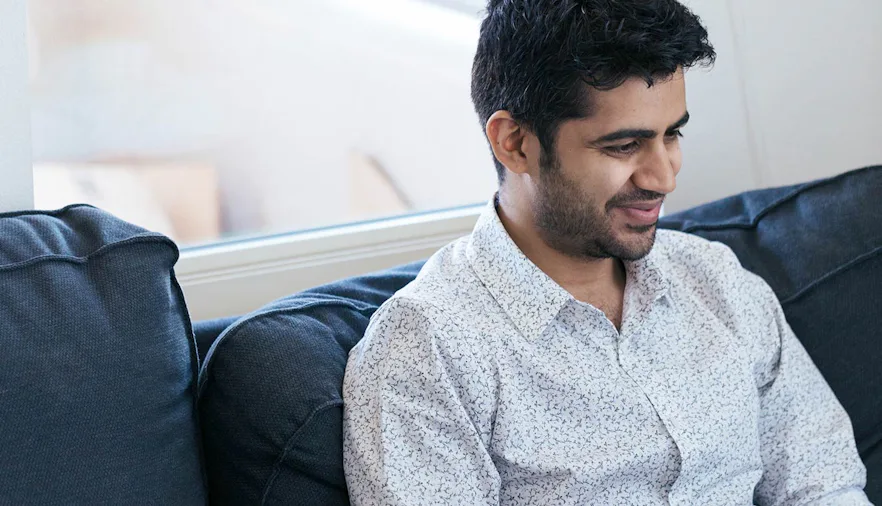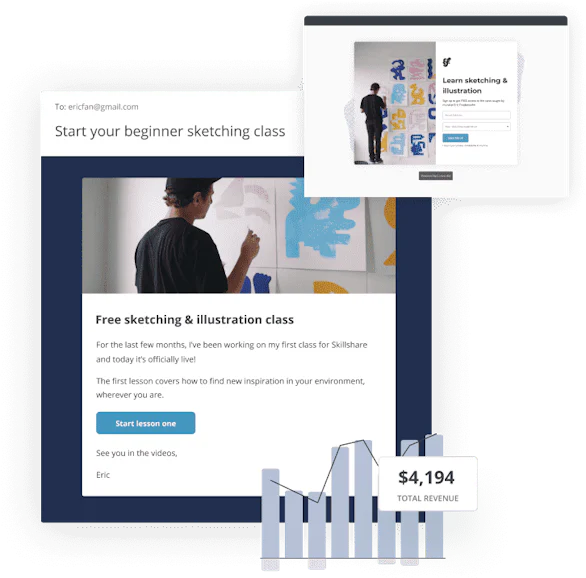
How this magician built his creator business using YouTuber, Kickstarter, and email
Asad Chaudry didn’t start his creator journey knowing how to design a website or run a business, but he picked up all of these skills and more. This is how he built 52 Kards to become a 1M+ YouTube channel and a thriving creator business.

Support your growing business
Kit helps creators like you grow your audience, connect and build a relationship with that audience, and earn a living online by selling digital products.
Start a free 14-day trial
Kayla Hollatz
Kayla Hollatz is a copywriter and content creator for creative entrepreneurs who want their words to connect and convert. Few things make her happier than ghostwriting for clients in her studio, aka her four-season porch with a lake view. She can frequently be found fighting Minnesota winters with a mug of hot chocolate in hand. (Read more by Kayla)